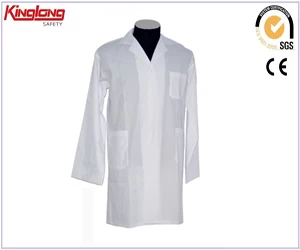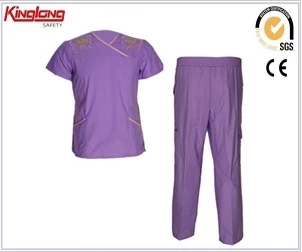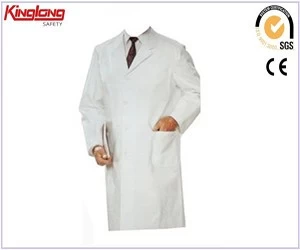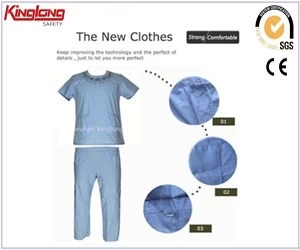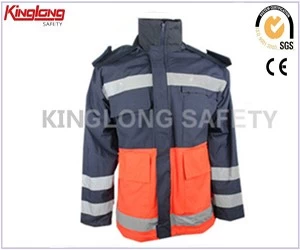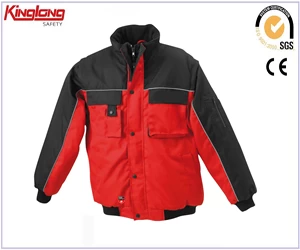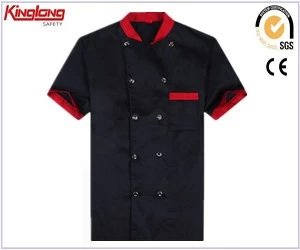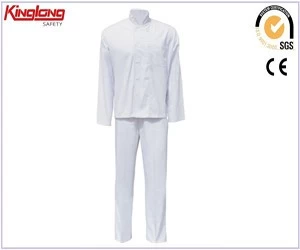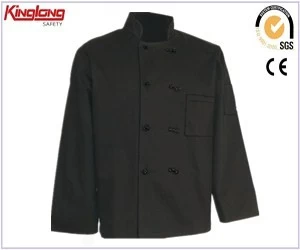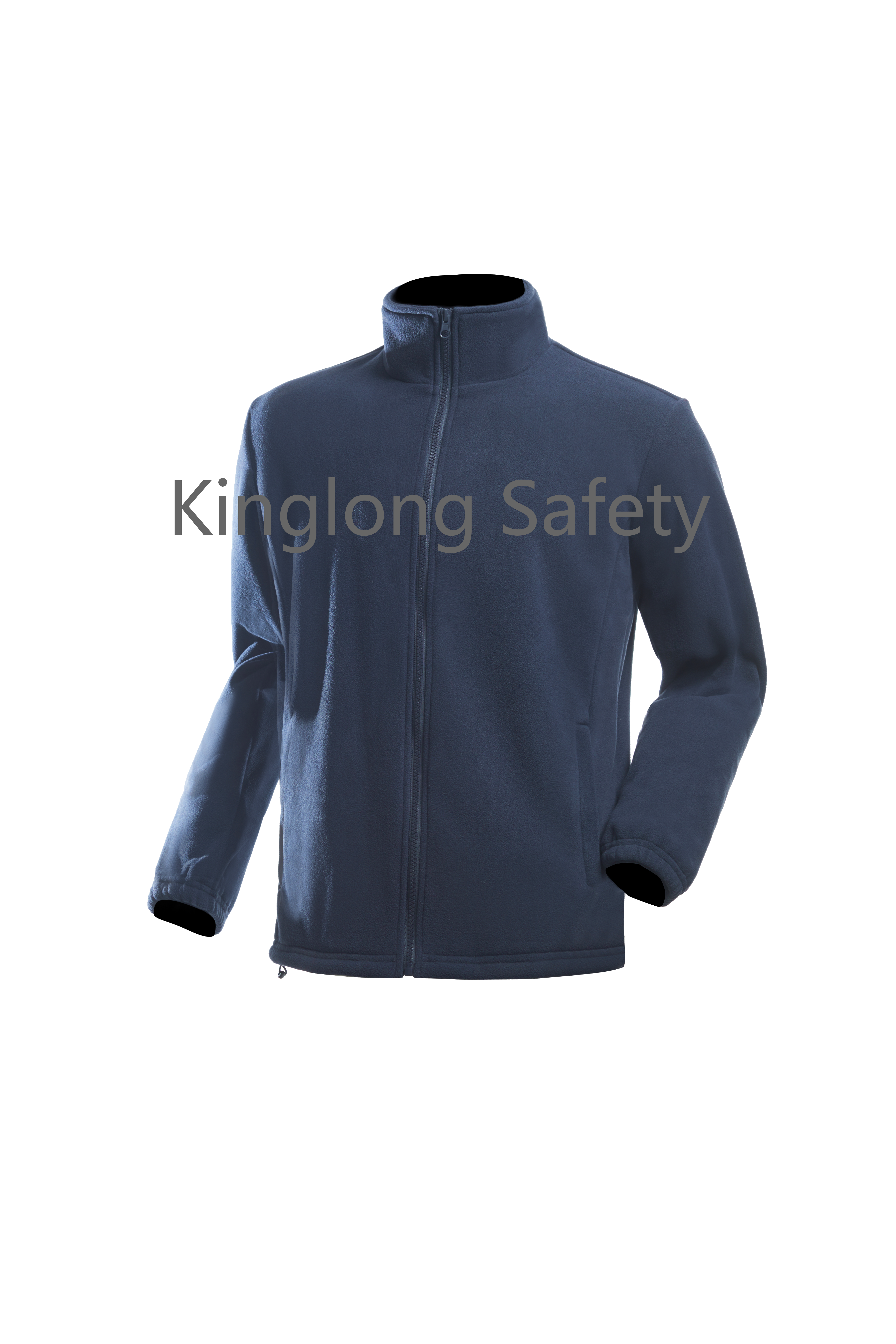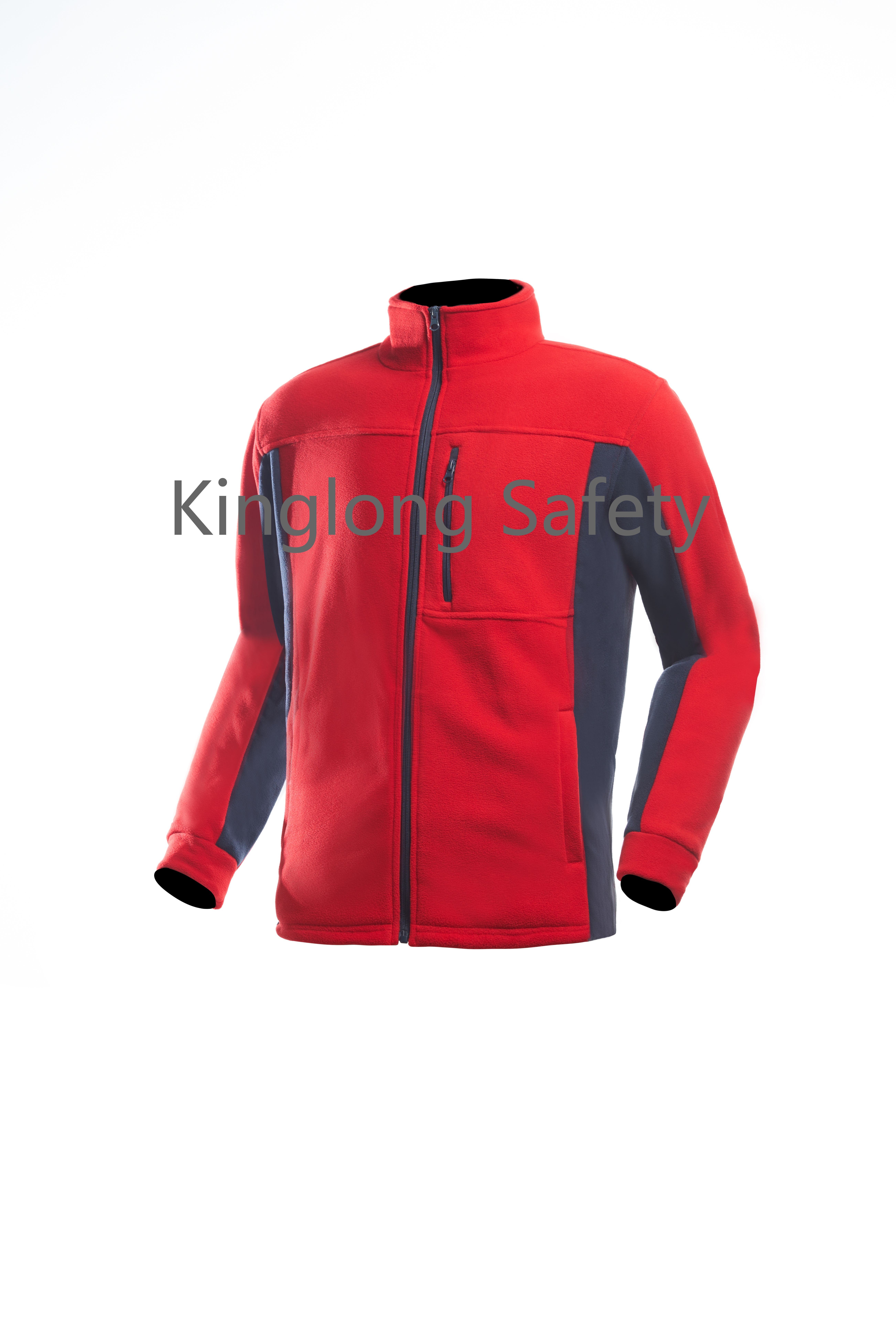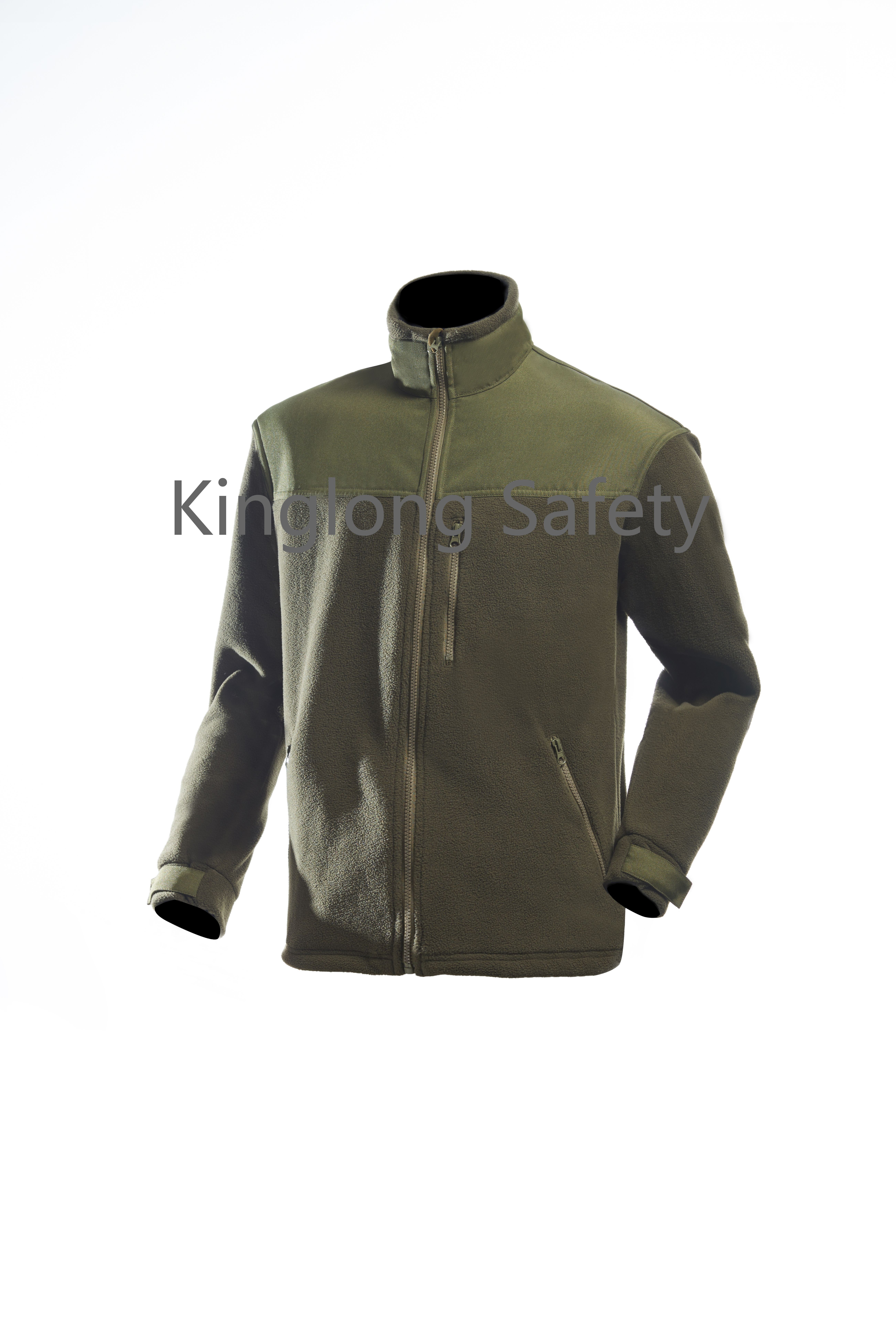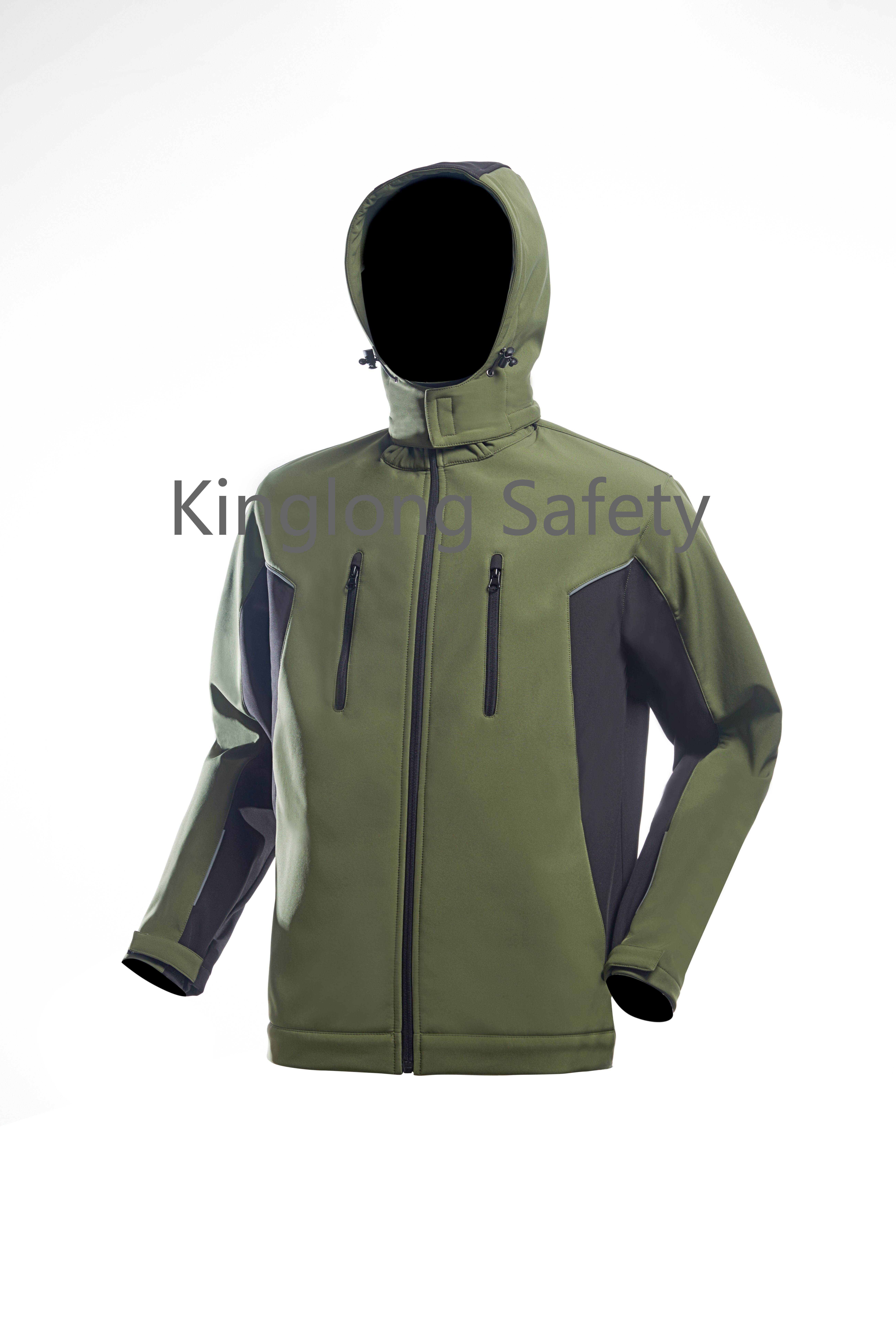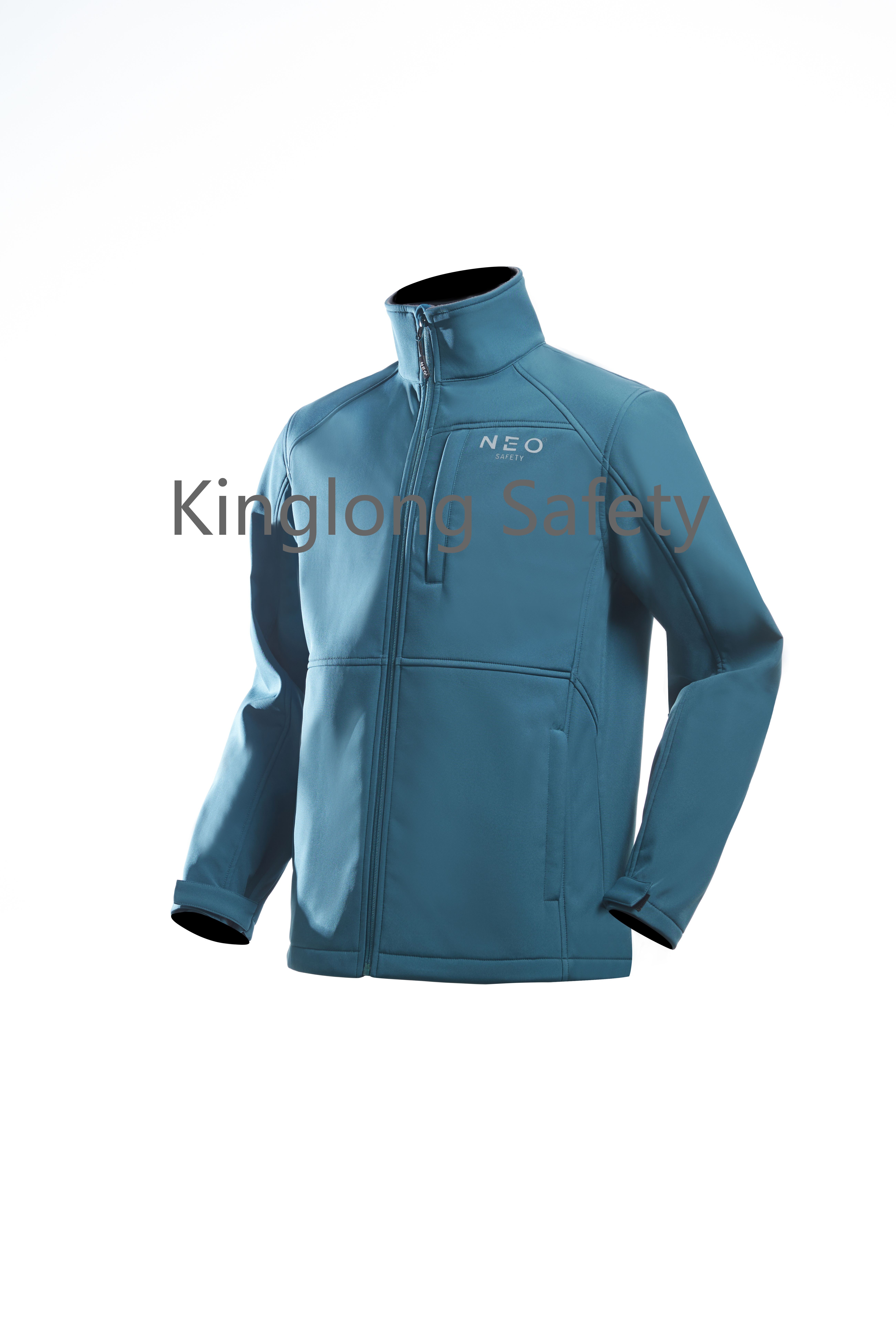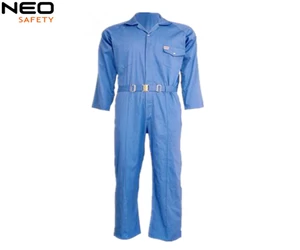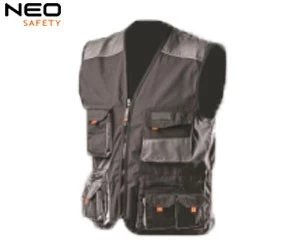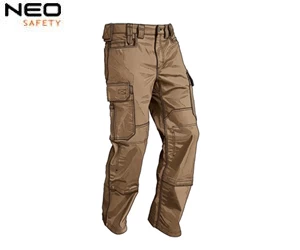Bulletproof vest
Ballistic vests use layers of very strong fibers to "catch" and deform a bullet, mushrooming it into a dish shape, and spreading its force over a larger portion of the vest fiber. The vest absorbs the energy from the deforming bullet, bringing it to a stop before it can completely penetrate the textile matrix. Some layers may be penetrated but as the bullet deforms, the energy is absorbed by a larger and larger fiber area.
While a vest can prevent bullet penetration, the vest and wearer still absorb the bullet's energy. Even without penetration, modern pistol bullets contain enough energy to cause blunt force trauma under the impact point. Vest specifications will typically include both penetration resistance requirements and limits on the amount of impact energy that is delivered to the body.
Since the 1970s, several new fibers and construction methods for bulletproof fabric have been developed besides woven Kevlar, such as DSM'sDyneema, Honeywell's Gold Flex and Spectra, Teijin Twaron's Twaron, Pinnacle Armor's Dragon Skin, and Toyobo's Zylon. These newer materials are advertised as being lighter, thinner and more resistant than Kevlar, although they are much more expensive. The US military has developed body armor for the working dogs who aid GIs in battle.
Since 2004, U.S. Special Operations Command has been at work on a new full-body armor that will rely on rheology, or the technology behind the elasticity of liquids in skin care and automotive products. Named TALOS, this new technology may be used in the future.





 العنوان: 1508، BLK 5، FANHAI SOHO، WANGJIADUN، جيانغهان المقاطعة، ووهان، الصين
العنوان: 1508، BLK 5، FANHAI SOHO، WANGJIADUN، جيانغهان المقاطعة، ووهان، الصين
